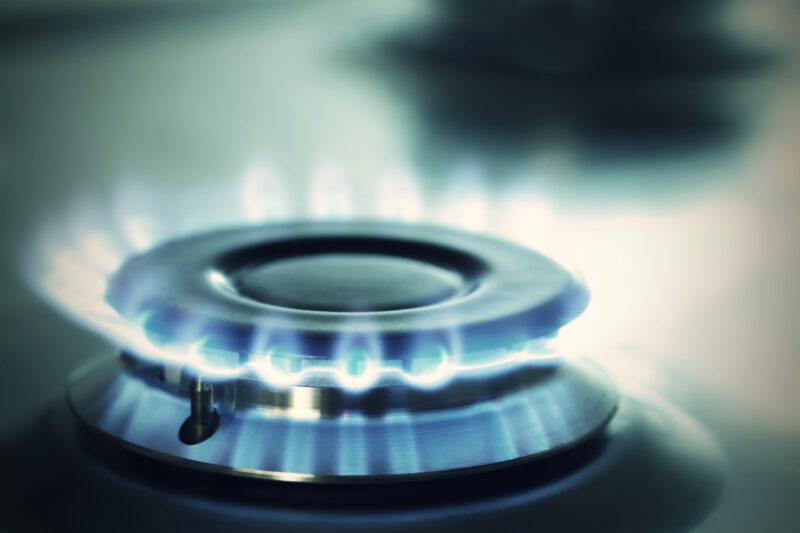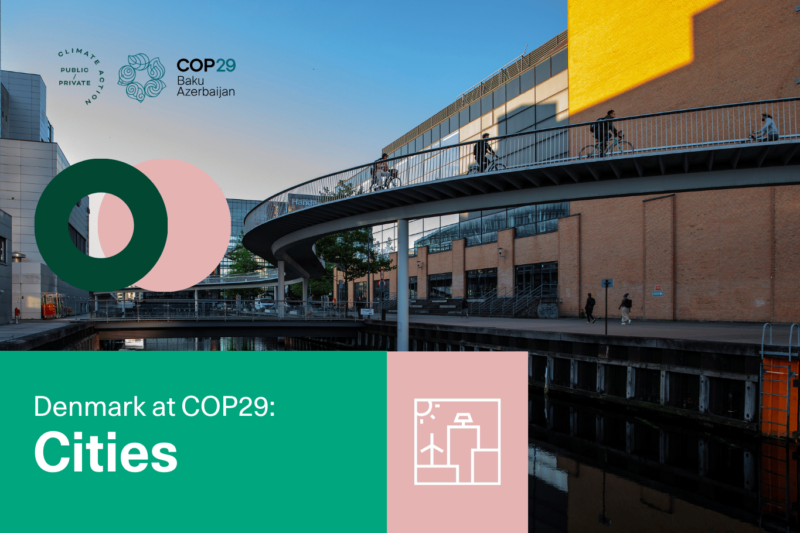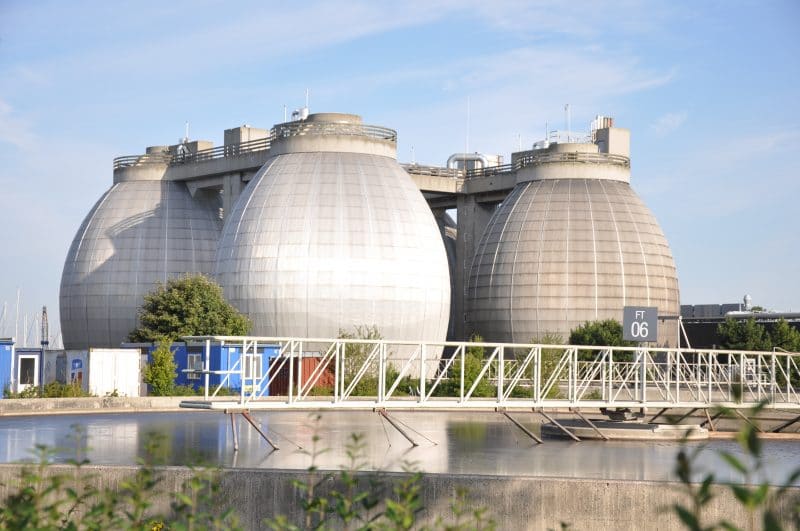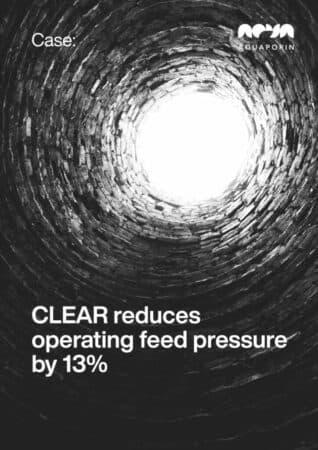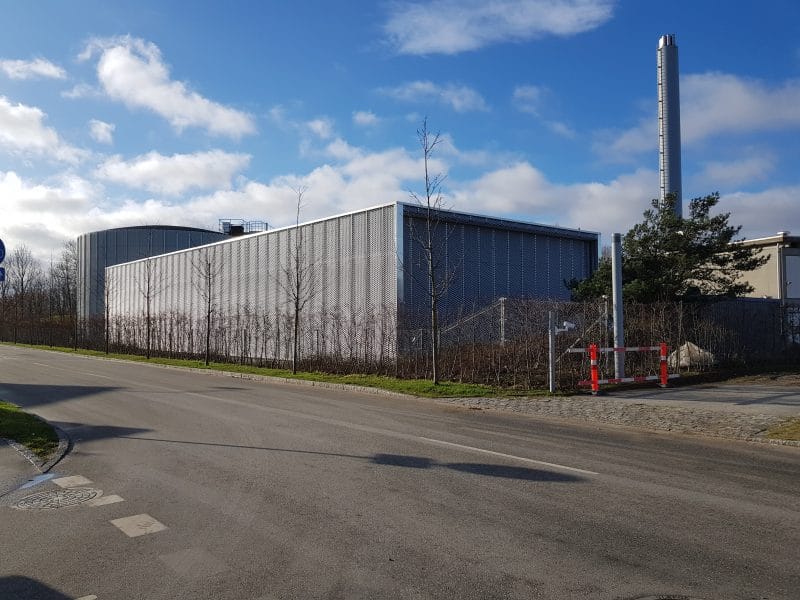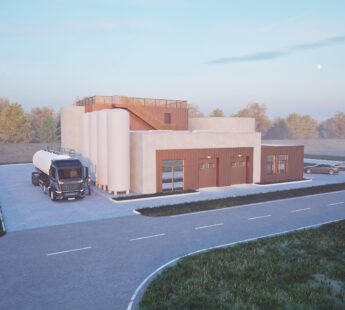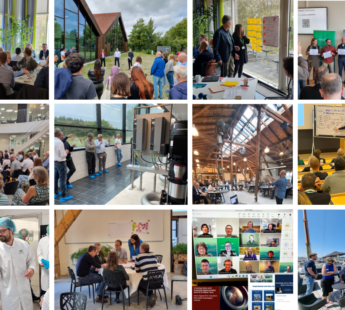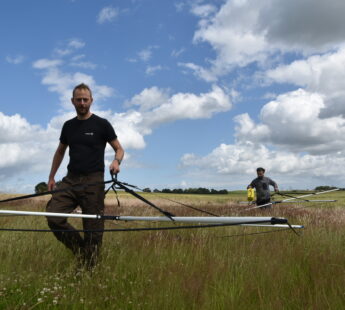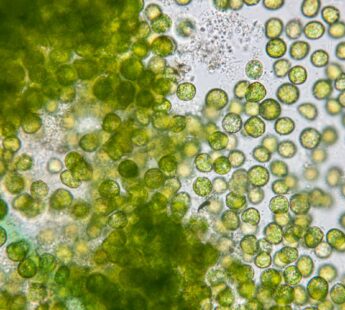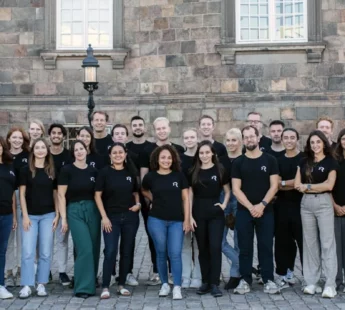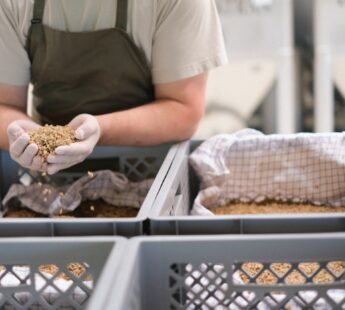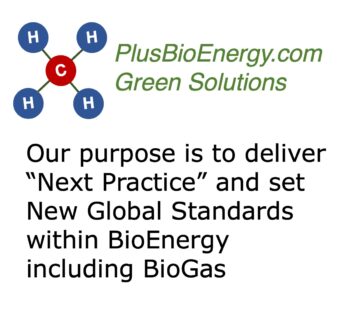News
Wastewater management
Water supply
Online DNA-Analysis to Control Bacteria in Wastewater Treatment Plants


When wastewater is treated for organic substances such as nitrogen and phosphorous, then microbes in the form of bacteria are important contributors. In the approximately 680 treatment plants in Denmark to use biological treatment of wastewater, the bacteria and their composition are vital for the quality of clean water, the production of bioenergy, and the recycle of resources.
Despite of this, we know very little about the specific bacteria responsible for the treatment. Also, we do not know how to optimise them. Therefore, the project OnlineDNA will survey thousands of bacteria types living in the plant. 100-200 of these are especially important as they help treating the wastewater.
- If we become able to measure when the right and the wrong bacteria is present, we can react accordingly. For example; some bacteria may develop long threads that make them difficult to separate from sludge in the water and, as a result, sludge will run out of the plant with the treated water, says the project manager, Professor Peter Halkjær Nielsen from Aalborg University.
- Related news: Raising the Bar for Danish Tap Water
Comprehensive savings
The tool for managing the quantity and the composition of microorganisms will be as an online DNA-based system for monitoring the microbiology in eco-technological plants.
The high expectations by the partners were emphasised by their own investment in the project of nearly DKK 10 million each.
The system is marked out to become a fast, cheap, and reliable method for identifying the different microbes and their effect. It will be developed in a four-year research collaboration between Aalborg University, Krüger, and the water utility companies in Aalborg, Aarhus, Odense (VCS Denmark), and Copenhagen.
- We look forward to extensive savings in consumption of energy and chemicals, just as we expect to create a more stable operation and an enhanced water quality, says the head of development Dines Thornberg from BIOFOS in Copenhagen.
The project could create a breakthrough in the handling and controlling of thousands of bacteria by combining monitoring with new DNA technologies, advanced data processing, and an integrated online control platform.
- Related news: New system to Control Water Pressure and Leakages
According to Professor Peter Halkjær Nielsen from Aalborg University, the new DNA technology is developing at a record rate:
- We are now able to monitor microbial communities in a way that we could only just dream of a couple of years ago. The project will bring the new methods all the way to consumers, to water utility companies in Denmark, and eventually to international companies and utilities. We will develop the methods in a way that makes them applicable in control and operation systems. It will be a revolution for the operation of water treatment plants.
Potential for export
As an industrial partner, Krüger foresees an extensive, rapidly expanding marked – both nationally and internationally – for the software platform, which is the goal of the project.
- We will develop a software platform that translates complex microbiological sequence data to user-friendly, operational monitoring which lets the plants know of irregularities in the microbiology and, as a result, enables one to react before problems occur, says Aviaja Hansen from Krüger.
The development of these new control and optimising strategies will happen through the studies of both pilot systems and full-scale tests. In addition, the ambition is to find the best composition of microbes to ensure a proper removal of nitrogen, recycling of phosphorous, and separation between sludge and treated water.
- We are always interested in optimising the operation of our treatment plant, and the new way of monitoring will provide us with a quick insight into the bacteria present at the plant as well as how to optimise the composition of bacteria in order to avoid such things as bad sludge and sedimentation. We hope that this project will help to further the optimisation of our purification that benefits our customers, the energy consumption, and the environment, explains the department engineer Helle Strandbæk from Aalborg Kloak
- Related news: New White Paper: Unlocking the Potential of Wastewater
- Download white paper "Unlocking the Potential of Wastewater"
The project’s partners
Aalborg University, Center for Microbial Communities - The centre houses experts in utilising the newest DNA technologies to identify non-cultivating microorganisms. In addition, in relation to the online monitoring, they will be responsible for the connection of identity and function of a great number of key bacteria.
Krüger, Gladsaxe: The company’s experts in the online control and management of treatment plants will utilise the DNA-sensor to develop warnings of irregularities in the plant and other eco-technological systems as well as to scan new control and optimisation strategies.
BIOFOS operates the three biggest treatment plants in the capital region of Denmark. The company is especially interested in solutions related to operational problems due to microbiological conditions – for instance, problems related to removal of phosphorous. Among other things, BIOFOS will put pilot plants at the disposal of the research project.
VCS Denmark, Odense treats the wastewater from Odense and Northern Funen. The centre has come a long way when it comes to energy optimisation. They wish to optimise microbiological removal of phosphorous. They are putting a number of plants at the disposal for the research project.
Aalborg Kloak, Aalborg – responsible for operating the largest wastewater treatment plant in Aalborg. They are especially interested in solving operational errors caused by microbes that result in deteriorated sedimentation from the crowds of sludge. Aalborg Kloak is also putting a number of plants at the disposal for the research team.
Aarhus Vand, Aarhus - operates four plants in Aarhus municipality, one of them is for the recycling of phosphorous (production of PhosphorCare). The company will partly focus on the optimisation of the biological removal of phosphorous and methods for quick repairs of smaller problems related to sludge. Aarhus Vand is putting a number of plants at the project’s disposal.
University of Vienna, Department of Microbial Ecology - The institute houses experts in microbiology and the newest methods within singular cell- microbiology which creates the basis for the description of the function of unknown bacteria species.
Investment
- Innovation Fund Denmark: DKK 7.5 Million
- Complete budget: DKK 17.3 Million
- Duration: 4 years
- Official titel: OnlineDNA – Optimised eco-technological systems with online monitoring of microbial societies
Potential
- There are approximately 680 plants in Denmark with biological treatment of wastewater. In total, they treat approximately 700 million cubic metres of wastewater. In comparison, Denmark’s biggest lake Arrese contains approximately 123 million cubic metres of water.
- At DKK 10.7 per cubic meter, the complete operating costs for the 680 plants are approximately DKK 7 Billion per year. The 60 biggest plants in Denmark each treat an amount of wastewater equivalent to pollution from at least 50,000 persons, the largest ones cleaning for approximately 1 million people.
- These 60 plants treat 70 percent of all wastewater in Denmark.
- With online DNA-control of bacteria, the 60 largest plants will save an annual cost of DKK 100-160 Million each year in total.
- For an average, large wastewater treatment plant for 100,000 persons, the annual cost-savings are approximately DKK 3 million.
- As a benefit for the environment, the plants will be able to reduce the use of chemicals for treating the water, and the treated water will be of a better quality.
You should consider reading
solutions
Climate change adaptation
+4
WATER CONSERVATION IN AFRICA
4 November 2024solutions
Wastewater treatment
+1

